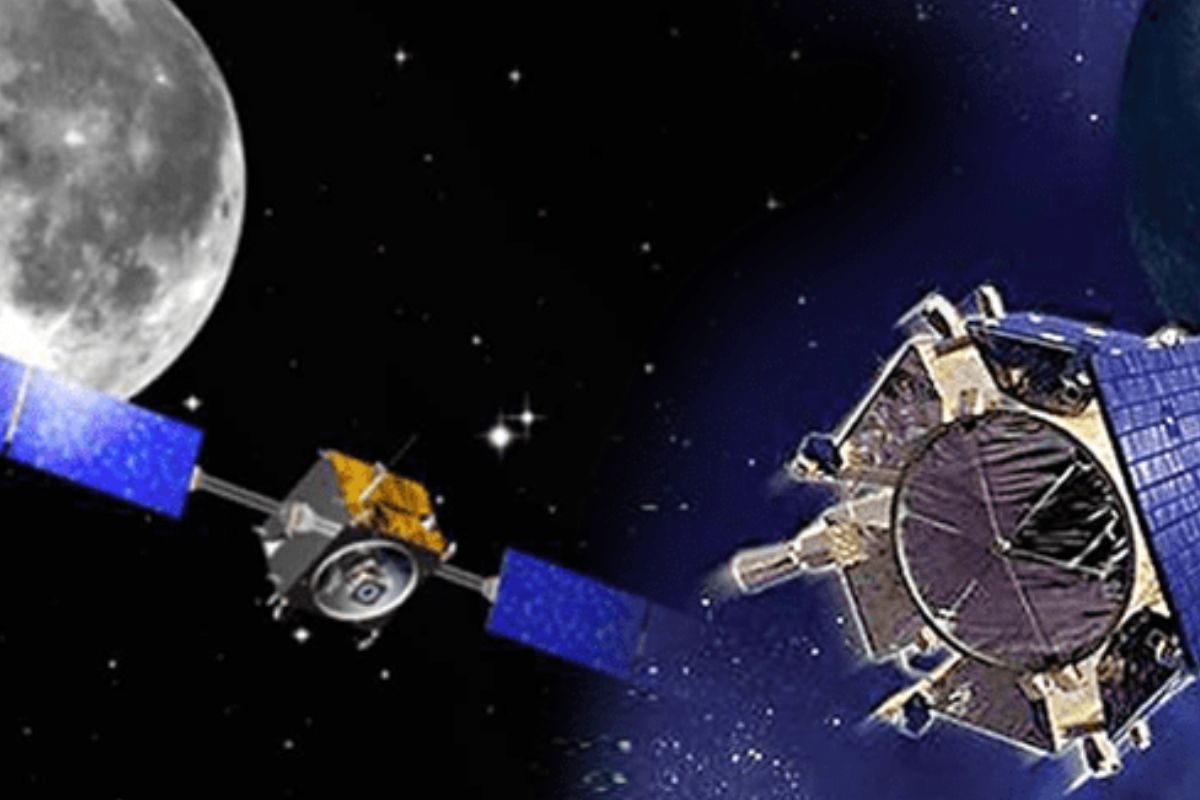Lunar sample returned by China’s 2020 probe may provide clues to Moon’s history
Lunar sample returned by China's 2020 lunar mission contains minerals that provide clues to the Moon's history, according to a new study.
Let’s take a look at the timeline, objectives, and achievements of this historic mission.

Chandrayaan 1, India’s first lunar mission, marked a significant milestone in the country’s space exploration journey. Launched on October 22, 2008, by the Indian Space Research Organisation (ISRO), the mission aimed to explore the moon’s surface and gather vital scientific data. Let’s take a look at the timeline, objectives, and achievements of this historic mission.
– October 22, 2008: Chandrayaan 1 was successfully launched aboard the Polar Satellite Launch Vehicle (PSLV-C11) from the Satish Dhawan Space Centre in Sriharikota, Andhra Pradesh.
– November 8, 2008: The spacecraft entered the lunar orbit, approximately 384,000 kilometers away from Earth.
– November 14, 2008: The Moon Impact Probe (MIP), a sub-satellite weighing 34 kg, was released by Chandrayaan 1 and made a controlled crash landing near the moon’s south pole, making India the fourth country to place a probe on the lunar surface.
– November 14, 2008, to August 28, 2009: Chandrayaan 1 conducted various experiments and surveys to study the moon’s surface, mineral composition, presence of water molecules, and other scientific aspects.
– August 29, 2009: Unfortunately, communication with Chandrayaan 1 was lost, marking the end of the mission. However, the data collected during its operational period continued to provide valuable insights for future lunar missions.
Chandrayaan 1 had several objectives to achieve during its mission. The primary aim was to enhance India’s technological capabilities in space exploration and lunar science. The specific objectives included:
Advertisement
1. High-resolution mapping: Chandrayaan 1 used its Terrain Mapping Camera (TMC) to capture high-resolution 3D images of the lunar surface, enabling detailed mapping of various features such as craters, mountains, and valleys.
2. Mineral and chemical mapping: The mission carried a Moon Mineralogy Mapper (M3) to identify and map the minerals present on the moon’s surface. This data helped scientists gain insights into the moon’s geological evolution and its similarities/differences with Earth.
3. Water exploration: Chandrayaan 1’s instruments, including the Miniature Synthetic Aperture Radar (Mini-SAR), aimed to detect the presence of water molecules in the permanently shadowed regions near the lunar poles. The discovery of water would have significant implications for future human space exploration.
Despite its premature end, Chandrayaan 1 achieved remarkable success during its operational period. The mission provided crucial data and made significant discoveries, including:
– Confirmation of water molecules on the moon’s surface, particularly in the polar regions. This discovery challenged previous assumptions about the moon’s dry nature and opened up possibilities for future human colonization and resource utilization.
– Identification and mapping of various minerals, including the presence of magnesium, aluminum, calcium, and iron, which provided valuable insights into the moon’s geological history and composition.
– High-resolution images of the moon’s surface, allowing scientists to study its topography and identify potential landing sites for future missions.
– Collaboration with international space agencies, such as NASA, European Space Agency (ESA), and the Bulgarian Academy of Sciences, further enhancing India’s reputation in the global space community.
Chandrayaan 1’s groundbreaking mission laid the foundation for subsequent lunar missions, including the highly successful Chandrayaan 2, which was launched in 2019. The data and knowledge gained from this mission continue to contribute to our understanding of the moon and its potential for future exploration and scientific research.
Advertisement